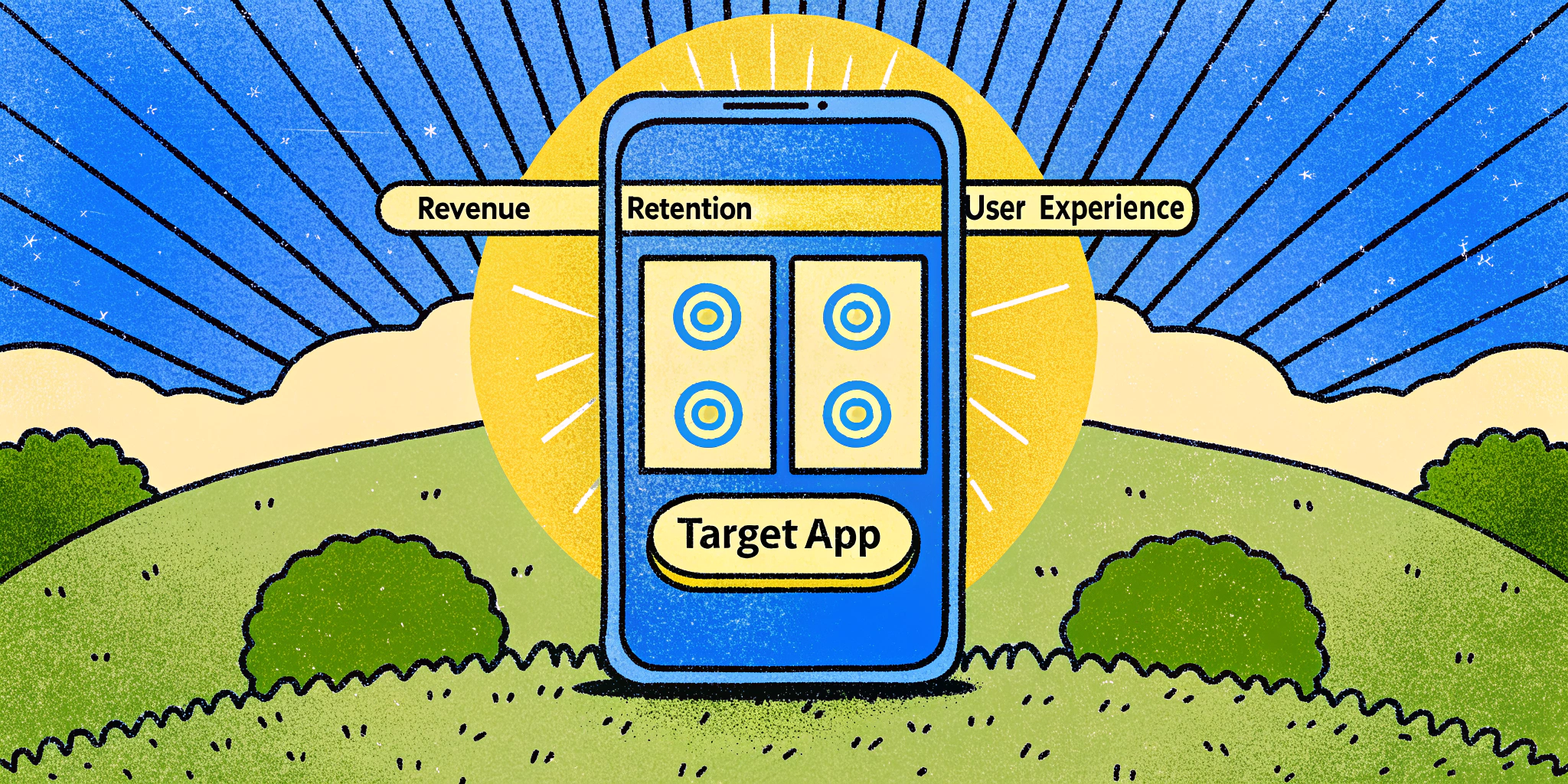Hello, my name is Kevin Wei, and I’ve been a Senior Product Manager at Amazon for several years. I know firsthand how daunting product management interviews can seem, especially when tackling broad questions about success metrics. In this blog post, I’m going to walk you through a framework I’ve developed for answering these questions effectively. Whether you’re preparing for interviews with FANG companies, startups, or even managing Zoom-related operations, understanding how to measure success is critical.
This guide not only applies to Zoom but is essential for evaluating any product, whether it’s a communication app facilitating virtual events or a comprehensive platform driving workplace collaboration. So, let’s dive in! 🚀
What Are Success Metrics?
Simply put, success metrics are quantifiable measures that define whether a product, feature, or business initiative achieves its intended goals. For Zoom, for example, the success metrics could range from user adoption rates during virtual events to session quality for remote team meetings.
Why are these important for product management interviews? Because they assess both your strategic thinking and analytical decision-making—essential capabilities for every PM.
5 Strategic and Analytical Dimensions of Measuring Success
Let’s break down my framework into five actionable dimensions. Use this structure to organize your thoughts when explaining success metrics—and make sure your interviewer remembers your clarity and focus!
1. Strategic Fit
Key Question: Can you identify what matters most to the company at this stage?
Zoom, for example, prioritizes scalable video technology and frictionless collaboration. If your answer misses the company’s overarching objectives, your response could fall flat. Always research the organization’s goals beforehand.
Checklist for Strategic Fit:
- What is the company’s North Star Metric (NSM)? For Zoom, it could be Monthly Active Users (MAU).
- How does the product contribute to this larger company vision?
2. Alignment with Top-Level Goals
Key Question: How does the product or feature in question tie into the company’s broader objectives?
In the context of Zoom, you might identify the importance of strengthening remote work setups. Here’s an example alignment answer:
“Zoom’s main goal is driving engagement during virtual meetings, both as a SaaS provider and a facilitator of hybrid workplaces. A metric like average meeting duration reflects engagement, particularly since short event drop-offs suggest frustration or technical issues.”
3. Selecting Key Metrics
Key Question: Can you identify meaningful metrics to track product success?
Frameworks like AARRR (Pirate Metrics) help simplify this step, especially if you’re under time pressure during an interview. For example:
| Stage | Metrics for Zoom |
|---|---|
| Acquisition | Number of new Zoom sign-ups/day |
| Activation | Percentage of users joining meetings after sign-up |
| Retention | Weekly meeting frequency per user |
| Revenue | Upgrade rate to paid tiers (Pro or Business plans) |
| Referral | Users inviting others to Zoom sessions |
4. Prioritizing Sub-Metrics
Key Question: What needs to happen for top-level metrics to succeed?
Let’s say you’re trying to improve event success rates for Zoom webinars. Sub-metrics might include:
- Pre-event Signups. Is Zoom creating enough awareness about scheduled events?
- Connection Success Rate. How often do users encounter “connection errors”?
- Average Webinar Stickiness. How many participants complete 75%+ of the event?
Using such metrics ensures you dive into how and why product behaviors contribute to final outcomes—the hallmark of good PM thinking.
5. Guardrail Metrics
Key Question: How can we avoid hurting other parts of the business while optimizing for success?
For instance, overloading users with Zoom push notifications could increase meeting participation but might also lead users to mute or uninstall the app. Guardrails safeguard against causing negative side effects:
- Balance enhanced in-meeting traffic with satisfaction (survey-based Net Promoter Score).
- Avoid cannibalizing real-world team-building sessions with highly marketed virtual tools.
By presenting both top metrics and countermeasures, you demonstrate well-rounded judgment.
Example: Success Metrics for Target’s Mobile App
Want to practice this framework in action? Imagine being asked, “How would you measure success for the Target app?”
Here’s a great sample response:
“I see the Target app primarily as a sales driver that enhances both in-store and digital shopping experiences. A top-level metric is overall in-app revenue generated monthly. Success requires sub-metrics like app retention (repeat logins/week), inventory accuracy, and push notification engagement. Guardrails? Don’t compromise user trust by spamming promotions—trust is central to Target’s strong retail loyalty.”
Common Pitfalls in Explaining Metrics
Avoid these errors during interviews to increase your odds of success:
- Skipping clarifying questions. Always confirm context with the interviewer before diving in.
- Over-complicating initial answers. Prioritize simplicity before introducing granular sub-metrics.
- Ignoring trade-offs. Every PM should evaluate both benefits and risks of the metrics they propose.
Key Applications: Virtual Events & Remote Teams
Insights from Zoom and Beyond
- Measuring Virtual Event Success. Metrics like post-event surveys, average session duration, and user feedback loops directly inform engagement improvements.
- Remote Team Productivity. Tools like Zoom, Slack, and Asana thrive when KPIs for seamless collaboration (e.g., response times, channel activity) are clearly defined.
If you’re working within or applying to product roles in these domains, showcasing how to measure both success and countermetrics for such workflows will set you apart.
Why Tools Like Ninjafy AI Elevate Your Success
If you’re actively job searching, let me tell you about Ninjafy AI. This platform is a real-time interview assistant—an absolute game-changer if you’re targeting PM roles and beyond.
I’ve had students use NinjaCopilot™ for structured answers in mock interviews. Its Industry Brain ensures you align with each company’s objectives (including Zoom!). What blew me away was the Invisible Eyetrack™—it keeps your virtual presence confident and structured without distractions. Don’t just take my word; students report landing offers 39% faster after leveraging this tool. 💡
Conclusion & Next Steps
Delivering a 10/10 answer in PM interviews begins with understanding success metrics at the strategic and executional levels. Use the 5 dimensions discussed here to build answers grounded in clarity, logic, and strategy.
Do you want to simulate this interview in real-time with actionable feedback? I encourage you to explore tools like Ninjafy AI or join communities where practice mock interviews are standard.
Best of luck on your journey! 💼




